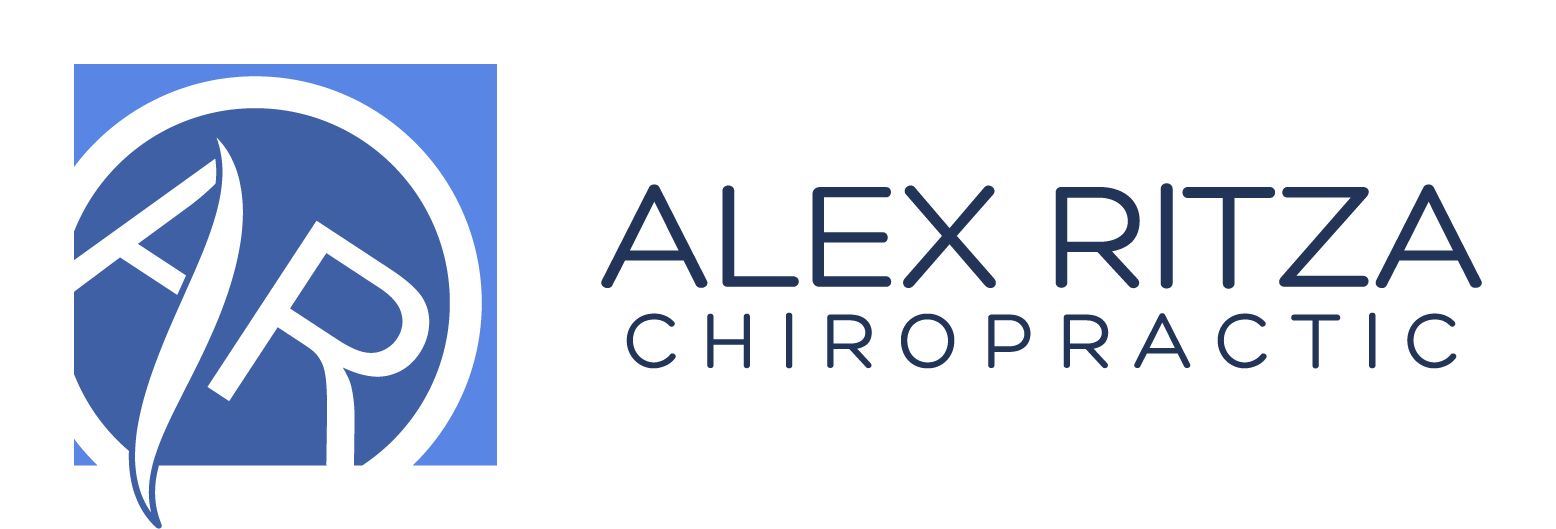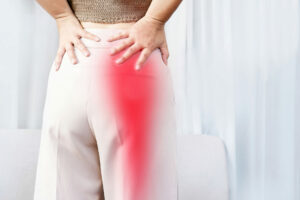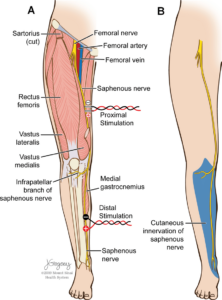https://dralexritza.com/move-curriculum/Why Your Back Hurts When Doing Chores
Low back pain with chores like tooth brushing, sweeping, vacuuming or doing the dishes is among the most common complaints we hear.
Broadly, the pain you are feeling can reflect one of three problems:
- There is a problem with your spine that you should get checked – these symptoms you feel are the “check engine” light from your body telling you about a problem.
- You are straining the back joints/tissues from moving “improperly”
- A combination of options 1. and 2.
If you are interested in assessing your spine for a Core Problem then simply e-mail me or submit a contact form here. If you want to do some reading first about why symptoms are not the actual problem then read this
But, let’s assume for a second that your spine is healthy. We will assume that the joints of the spine are moving properly and there is no impendence of the brain-body connection.
So if it is door #2., the symptoms you are feeling are your body’s way of telling you to stop moving the way you are. The odds are that you are bending/rounding too much through the spine and asking the muscles of the low back to hold up the weight of your trunk, arms and head. To fix this, we need to transition the weight to the hips and the glutes and away from the spine.
How do get your back to stop hurting when you are doing chores
From our experience of seeing thousands of cases, we repeatedly observe this movement pattern with forward flexion: patients with low back pain tend to round through the spine instead of using a hip hinge to flex the hips and load the glutes.
When bending forward, the spine should stay in the same stacked-up straight position and the bending shoulder occur in the hips – NOT the low back. Picture a straight line between the shoulders and the pelvis. This line should remain straight as you stick the buttock backwards to flex forward at the hips.

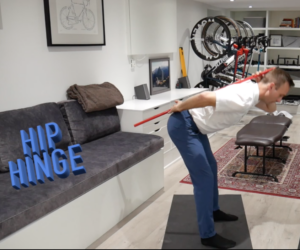

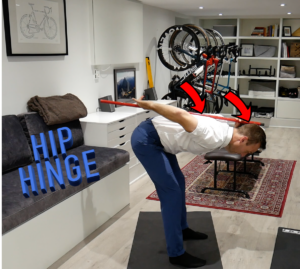
The two cues that I use at the office would be: 1) stick your butt back towards an imaginary wall while keeping the core stiff OR 2) imagine someone is trying to punch you in the groin and you move your butt back to avoid it.
You do not need to be an anatomist to know that your gluteal muscles are much bigger than your spine muscles and also much stronger. This hip hinge pattern puts the weight of the body onto the hips and not the low back – resting your back muscles and making it much less likely for them to get fatigued, sore and tight.
What change you should make next time you are ______
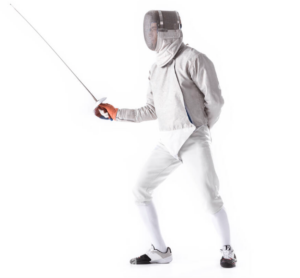
Next time you are bending forward to brush your teeth or vacuum you should do a hip hinge to put more weight on your buttock. You can also try standing like a fencer or putting a hand on the counter to support yourself when possible – of course, while doing a hip hinge.
This post is of course about more than just helping you with your back pain! It is also about letting you know that back pain and back problems develop when we move our bodies in a way that they shouldn’t be moved. Whether it is sitting with poor ergonomics, lifting with poor technique or bending over thousands of times without a hip hinge, repetitive strain to the spine accumulates and problems develop.
If you are interested in preventing spine problems from developing then I seriously recommend you download and read our MOVE Curriculum.
If you think a spine problem has already developed then I seriously recommend you schedule a Case Review with us to discuss how we actually test your spine and see how healthy it is.
